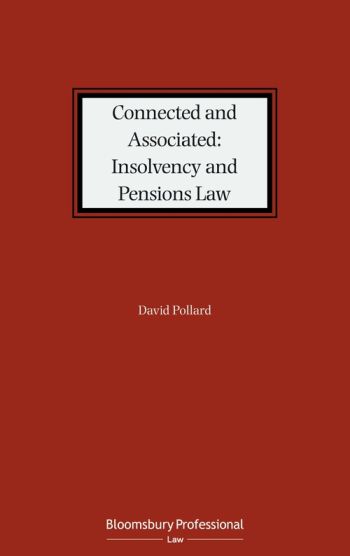
This book is the first looking in detail at the meaning and ambit of the 'connected', 'associated' and 'control' tests used in the Insolvency Act 1986 in sections 249 and 435 and incorporated by reference in pensions legislation.
Insolvency and pensions legislation has, in a number of areas, sought to include a wider group of “linked” persons for statutory purposes. In practice, the pensions legislation does not include a completely new definition of such a linked person, but instead uses the existing definitions found in the Insolvency Act 1986. These tests are important in insolvency law in relation to issues such as voting in company voluntary arrangements and time limits for reversal or clawback of pre insolvency transactions (eg undue preferences or transactions at an under value). These definitions in IA 1986 have become of particular importance when incorporated in pensions legislation. The tests are incorporated in various areas of pensions law. The two most important of which are: